Free 18 inch doll bunk bed plans

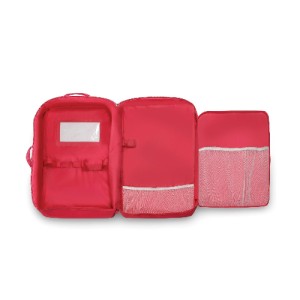



Easy Free 18 inch doll bunk bed plans
maybe this share useful for you even if you are a newbie though
Whether you're a beginner looking to learn the basics or an experienced woodworker seeking new inspiration, our blog offers step-by-step tutorials, helpful tips, and expert advice to help you take your woodworking skills to the next level.





Easy Free 18 inch doll bunk bed plans
maybe this share useful for you even if you are a newbie though
.jpg)



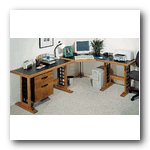
Easy Woodworking craft furniture plans
maybe this share useful for you even if you are a beginner in this field











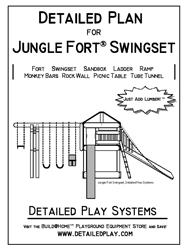
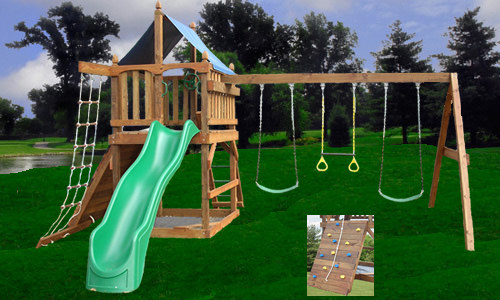
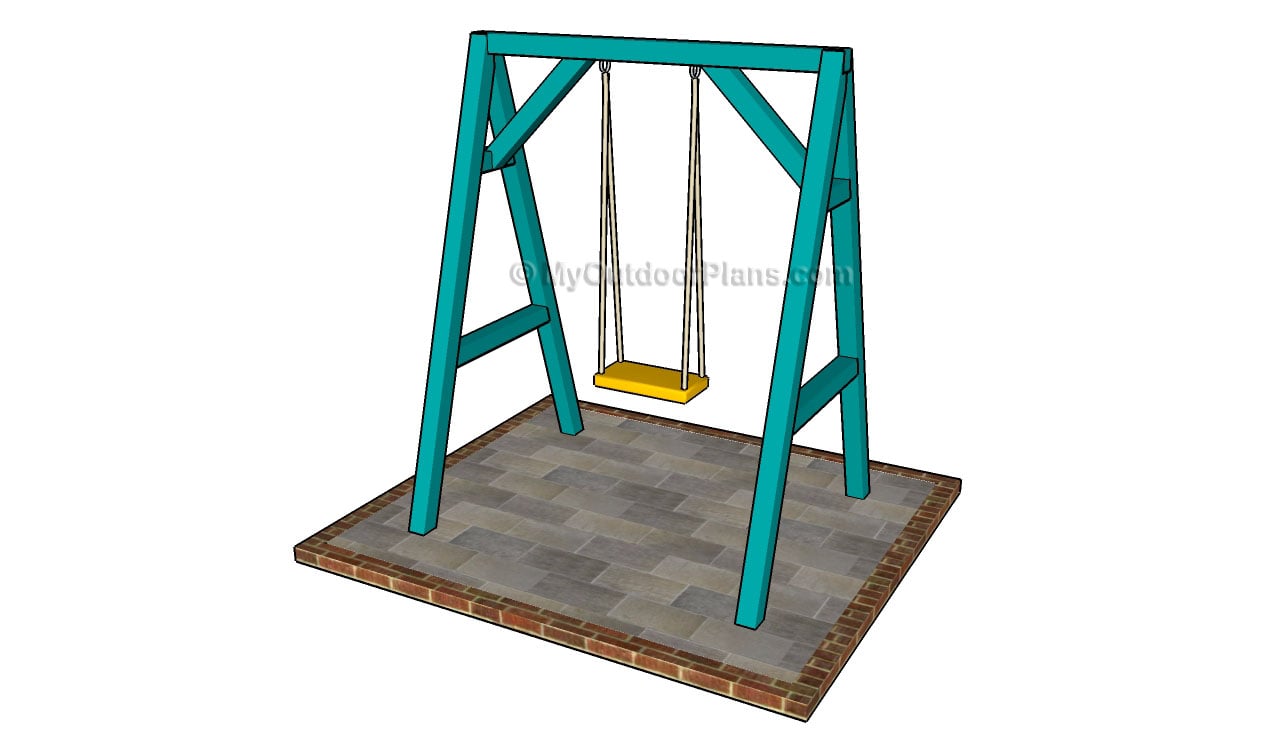

Welcome to our guide on building a custom wood bed frame! If you're looking to create a unique and stylish piece of furniture for your bedroom, building your own bed frame from wood is a great option. In this article, we will provide you with step-by-step instructions and design plans for creating a beautiful and functional bed frame from wood. Whether you're an experienced woodworker or a DIY enthusiast, this guide will help you create a bed frame that meets your style and design preferences. Let's get started!
A bed frame serves as the foundation for your mattress and can greatly impact the overall aesthetic and functionality of your bedroom. A wood bed frame adds warmth, character, and durability to your sleeping space, and building one yourself allows you to customize it to your liking. With the right tools, materials, and plans, you can create a unique and high-quality bed frame that complements your bedroom decor and meets your specific needs.
The type of wood you choose for your bed frame will greatly affect its appearance, durability, and overall quality. When selecting wood for your bed frame, consider factors such as grain pattern, color, strength, and availability. Common types of wood used for bed frames include hardwoods like oak, maple, and cherry, as well as softwoods like pine and cedar. Hardwoods are generally more durable and resistant to wear and tear, but they can be more expensive. Softwoods, on the other hand, are more affordable and easier to work with, but they may require additional treatments for durability.
It's also important to choose wood that is properly kiln-dried to prevent warping, splitting, and shrinking. Look for wood that has a moisture content of 6-8% for optimal stability. Avoid using green or wet wood, as it can lead to issues with the structural integrity of the bed frame over time.
Before you start building your wood bed frame, it's crucial to have a well-thought-out design plan and accurate measurements. This will help ensure that your bed frame fits your mattress properly and meets your design preferences. Consider factors such as bed size, height, headboard and footboard design, and any additional features such as storage drawers or built-in lighting.
Measure your mattress carefully, including the length, width, and height. Add any additional space needed for the frame, such as clearance for a box spring or slats. Determine the overall dimensions of your bed frame based on your mattress measurements and design preferences. Create a detailed design plan with clear measurements and diagrams, and make sure to double-check all measurements to avoid mistakes during construction.
Once you have your design plans and measurements, you can begin the construction process. Here are the general steps for building a wood bed frame:
Using your design plans and measurements, cut the wood planks according to the desired dimensions for your bed frame. Use a saw to shape the headboard, footboard, and side rails, and drill holes for screws or dowels to connect the pieces together.
Assemble the bed frame by connecting the headboard, footboard, and side rails using screws or dowels. Make sure all pieces are aligned properly and securely fastened for stability. Install slats or a box spring support system to provide adequate support for your mattress.
Sand the wood surfaces to smooth out any rough edges or surfaces. Apply a finish of your choice, such as paint, stain, or varnish, to protect the wood and enhance its appearance. Follow the manufacturer's instructions for applying the finish and allow it to dry thoroughly before moving the bed frame into your bedroom.
A: Yes, one of the advantages of building your own wood bed frame is the ability to customize the design to your liking. You can choose the type of wood, the dimensions, the headboard and footboard design, and any additional features based on your preferences and needs.
A: Building a wood bed frame requires basic woodworking skills and tools, but it can be a manageable DIY project for those with some experience. With accurate measurements, a well-thought-out design plan, and patience, you can create a beautiful and functional bed frame from wood.
A: Hardwoods like oak, maple, and cherry are commonly used for bed frames due to their durability and appearance. Softwoods like pine and cedar are also popular options for their affordability and ease of workability. Choose a type of wood that meets your design preferences, budget, and availability in your local area.
A: Yes, you can finish your wood bed frame in any color or stain that you prefer. Consider the overall style and color scheme of your bedroom when choosing a finish for your bed frame. Make sure to follow the manufacturer's instructions for applying the finish and allow it to dry thoroughly for a professional-looking result.
Building a wood bed frame can be a rewarding and satisfying DIY project that allows you to create a unique and functional piece of furniture for your bedroom. With the right design plans, measurements, materials, and tools, you can construct a bed frame that meets your style preferences and provides a solid foundation for your mattress. Follow the steps outlined in this article, and with some woodworking skills and patience, you'll have a beautiful wood bed frame that you can be proud of for years to come!



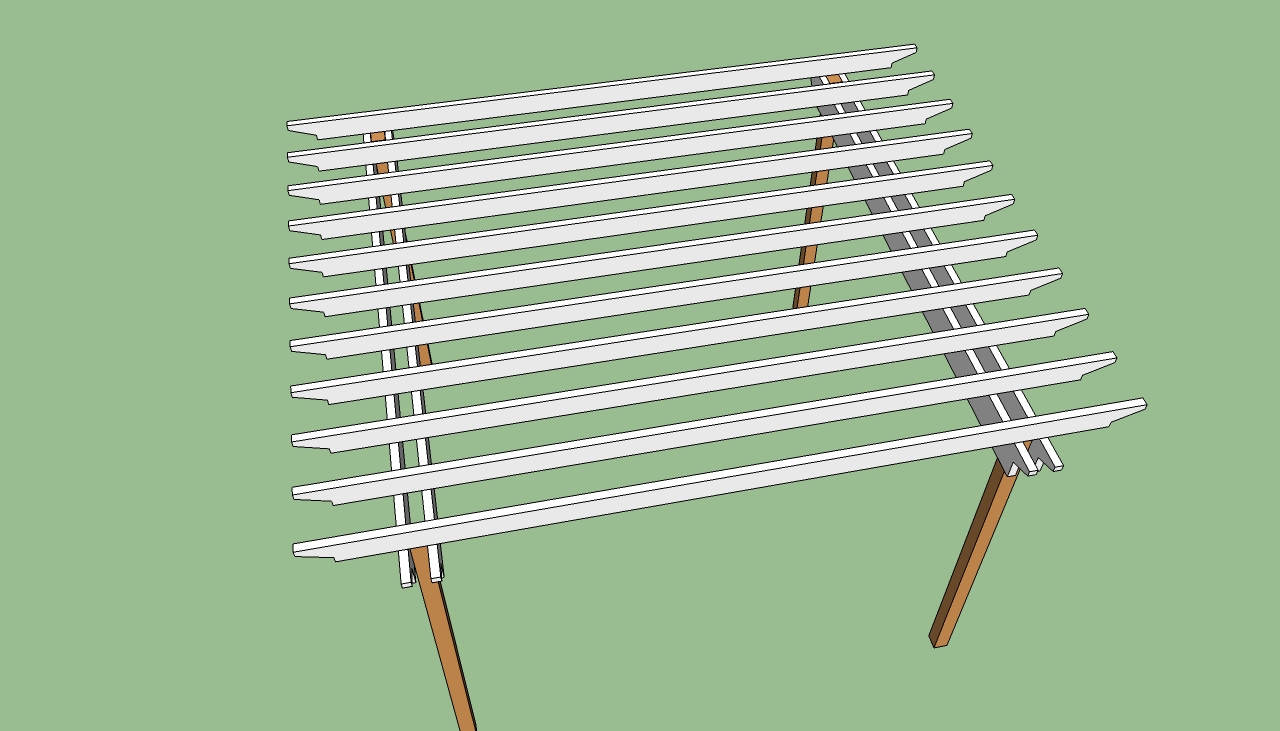










A Craft patterns woodworking plans
So this article Make you know more even if you are a beginner in this field





Learn Easy wood projects for wolf scouts
maybe this post useful for you even if you are a newbie in this field


Are you looking for a unique and stylish coffee table for your living room? Why not try building your own DIY 4x4 coffee table? Building your own furniture can be a rewarding and cost-effective way to create custom pieces that suit your style and budget. In this guide, we will provide you with step-by-step instructions and tips on how to build a 4x4 coffee table from scratch. Let's get started!
Before you start building, it's important to plan and measure your coffee table. Decide on the size and height of your table, and make sure it fits well in your space. Measure and mark the dimensions for the legs, frame, apron, and tabletop. Double-check your measurements to ensure accuracy.
Using a saw, cut the 4x4 lumber for the legs to the desired height of your coffee table. Cut the 2x4 lumber for the frame and apron to the appropriate lengths, based on your measurements. Use a saw to cut the 1x6 lumber for the tabletop to the desired length and width.
Assemble the frame of your coffee table by attaching the 2x4 lumber using wood screws and wood glue. Use clamps to hold the pieces in place while you drill pilot holes and insert screws. Make sure the frame is square and level before securing it together.
Attach the 4x4 lumber legs to the frame using wood screws and wood glue. Drill pilot holes and insert screws through the frame into the legs to ensure a sturdy connection. Use a level to make sure the legs are straight and even.
Attach the 2x4 lumber apron to the inside of the frame, between the legs, using wood screws and wood glue. This will provide additional support to the coffee table and help to reinforce the structure. Make sure the apron is flush with the top of the frame and level before securing it in place.
Once the coffee table is fully assembled, use sandpaper to smooth out any rough edges or surfaces. Sand the tabletop, frame, legs, and apron until they are all smooth to the touch. Wipe off any dust or debris with a clean cloth.
Next, apply your desired finish to the coffee table. You can use wood stain to enhance the natural grain of the wood, or paint it in a color that matches your home decor. Apply the finish with a paintbrush or foam brush, following the manufacturer's instructions for drying and curing times. Allow the finish to fully dry before moving on to the next step.
Once the finish has dried, attach the 1x6 lumber tabletop to the frame and apron using wood screws and wood glue. Drill pilot holes through the tabletop and into the frame and apron, and then insert screws to secure it in place. Make sure the tabletop is centered and level before tightening the screws.
After the tabletop is attached, you can add any additional finishing touches to your coffee table. You can add decorative hardware, such as handles or knobs, to the apron or tabletop for added style. You can also add felt pads to the bottom of the legs to protect your floors from scratches.
A: Yes, you can customize the size and design of the coffee table to fit your specific needs and style preferences. You can adjust the dimensions of the lumber to create a larger or smaller coffee table, and you can also modify the design by adding or removing elements as desired.
A: This coffee table project is suitable for intermediate DIYers with basic woodworking skills. The steps involved are relatively straightforward, but it does require some familiarity with tools such as saws, drills, and screws. If you're a beginner, it's recommended to seek guidance from a more experienced woodworker or to start with a simpler project before attempting this coffee table.
A: The time it takes to complete this coffee table project will depend on your level of woodworking experience, the complexity of the design, and the time you dedicate to the project. On average, it may take a few days to a week to complete, considering the time needed for cutting, assembly, sanding, finishing, and drying.
Building your own DIY 4x4 coffee table can be a fun and rewarding project that results in a unique and stylish piece of furniture for your home. By following the step-by-step instructions and tips provided in this guide, you can create a beautiful coffee table that fits your style and budget. Remember to customize the size and design to your liking, and always prioritize safety when working with tools and materials. Happy building!





Learn Best woodworking reference books
So this article useful for you even if you are a newbie though